🪴 How Valve rug-pulled half their market
and how to make sure your startup doesn't repeat the same mistakes..
Last week, Valve quietly flipped the economy of Counter-Strike with a single update that erased BILLIONS in value, overnight.
If you’re not deep into gaming, here’s the quick overview and why a video game market crash might be the most relevant lesson your startup learns this October.
Turn RAG into riches with Delve’s AI for security questionnaires
Hate those endless security questionnaires? We do too. So we hired the sharpest AI brains from Stanford, MIT, and beyond—and made them do your grunt work. Delve uses state-of-the-art agentic RAG, not your average “retrieve + answer” hack.
Our agents think ahead: pull evidence, resolve conflicts, reason across your policy graph, interrogate your infrastructure, and draft bullet-proof responses.We’re helped Lovable, Bland, Micro1 and a ton of the fastest-growing AI companies navigate and close review with almost every F50 - and saved dozens of hours with our AI-native compliance platform.
Book a demo with Delve and get $1,000 off SOC 2, HIPAA, GDPR and more - and automate security questionnaires away forever.
Use FOUNDERSFUEL1KOFF for $1K off.
The setup: a $6B economy built on trust
Counter-Strike has a massive secondary market where players buy and sell weapon “skins.” Some are worth a few dollars. Others, like rare knives, could sell for tens of thousands. It works like a digital stock market built on scarcity, hype, and trust.
For example, these few pixels could set you back over $1.5M. CRAZY.
You could always obtain skins through three paths:
Buy them directly from other players
Gamble on case openings (expensive, low odds)
Trade up 10 skins of one tier for a slightly better tier
The trade-up system worked up to the highest tier of weapons, excluding knives. Knives couldn’t be crafted, only pulled from cases with 0.26% odds. That artificial scarcity is what drove value. These knives became investment vehicles, status symbols, and the backbone of a multi-billion dollar economy.
Valve facilitated it all, took their marketplace cut, and watched traders build entire businesses around the scarcity they’d engineered.
Then on October 22, Valve changed one rule.
The rug pull: $2B gone in 48 hours
New patch: “Players could now craft knives using just 5 red (Covert) skins. What used to cost $30,000 could suddenly be obtained for $40.
The market reacted instantly:
Average red skin prices increased by 1000-2000%
Knife values dropped by 50-70%
The $6B CS2 skin market shed $2B in two days
Steam crashed under the volume
High-value traders dumped their inventories in panic
Long-time players lost all trust in the ecosystem
Unfortunately, this was neither a bug nor an intern merging code to master. It was a calculated product decision that nuked an entire economy.
Why Valve did it (and why it’s worse than you think)
Valve’s reasoning was straightforward: profit optimisation.
They make nothing when players trade skins on third-party sites. With this new crafting system, all high-value transactions funnel back into Steam’s marketplace, where Valve takes a 15% cut on every trade.
Short-term revenue spike. Long-term trust damage. Trust is the hardest currency to rebuild as a company. One quiet tweak can undo years of goodwill.
They chose new user accessibility (casual players can now “afford” knives) and Steam marketplace volume over protecting their most engaged, highest-spending users.
Classic trade-off, executed terribly.
The startup parallels (and why you might be making the same mistakes)
We, founders, think we’re different. “We’d never do that to our users.”
Well, let’s make sure:
Mistake #1: Punishing early adopters for short-term gains
Valve’s update targeted their most loyal users — the traders who’d invested years and thousands of dollars building portfolios. They rewarded new, casual players at the expense of the people who helped them build their brand from the ground up.
Your version:
Grandfathered pricing gets worse features than new plans
Beta users don’t get access to the “premium” tier they helped build
Long-time customers pay more than new sign-ups via aggressive acquisition discounts
API partners get deprecated without migration paths while you chase a new market
Rewarding user acquisition, while leaving retained user without a bonus (wing wing Revolut)
Early adopters aren’t just your customers. They were your believers from your inception. Burn them, and you lose those who’ll actively warn others away.
Mistake #2: Optimising for acquisition metrics over retention trust
Valve chose accessibility for masses over ecosystem stability.
More players crafting knives = more Steam transactions = better quarterly numbers.
But they ignored second-order effects: trust collapse, market volatility, user churn among whales.
Your version:
Shipping a redesign that alienates power users to “simplify for newcomers”
Killing advanced features because “only 5% of users use them” (ignoring that 5% drives 50% of revenue)
Changing your value prop mid-flight to chase a trendier market
Pivoting your product without warning existing users who built workflows around v1
You can’t chase every new cohort by burning the last one. Eventually, word gets out that investing in your product early is a sucker’s bet.
Mistake #3: Treating your ecosystem like it’s yours to control
Once you’ve built a marketplace, an API, a platform, or any two-sided system — you don’t own it anymore. Your users have built businesses, workflows, and livelihoods on top of your infrastructure.
Valve thought they controlled the skin economy. They didn’t. Thousands of traders, YouTubers, third-party sites, and investors had built real value on top of CS2’s systems.
One unilateral change destroyed all of it.
Your version:
Deprecating API endpoints without sufficient notice
Changing pricing on integrations that partners built businesses around
Killing marketplace features that sellers depend on
Altering algorithms that creators optimised for
The moment you enable others to build on your platform, you inherit a responsibility.
Mistake #4: Staying silent when you break trust
Valve said nothing. No dev blog. No apology. No roadmap. Silence all across the board while their market burned and players threatened to quit.
Your version:
Shipping controversial changes via silent release notes
Ignoring feedback threads and support tickets after a bad update
Letting your customer success team absorb rage without executive acknowledgment
Hoping the anger “blows over” instead of addressing it head-on
Silence after a screw-up doesn’t protect you, it even amplifies distrust. Users assume malice when you don’t show up to explain.
Build the thing right. Communicate changes like your reputation depends on it, because it does.
Stay focused. Stay transparent. Win slowly.
How I can help
👨💻 Software
Need a top tech talent for your next product? Are you looking for your next gig? I’ve got you sorted.
📢 Advertising
Advertise in my newsletter to get in front of 10,703 founders.
🤿 Get more deep dives
Upgrade to a premium subscription to get an extra deep dive a week.


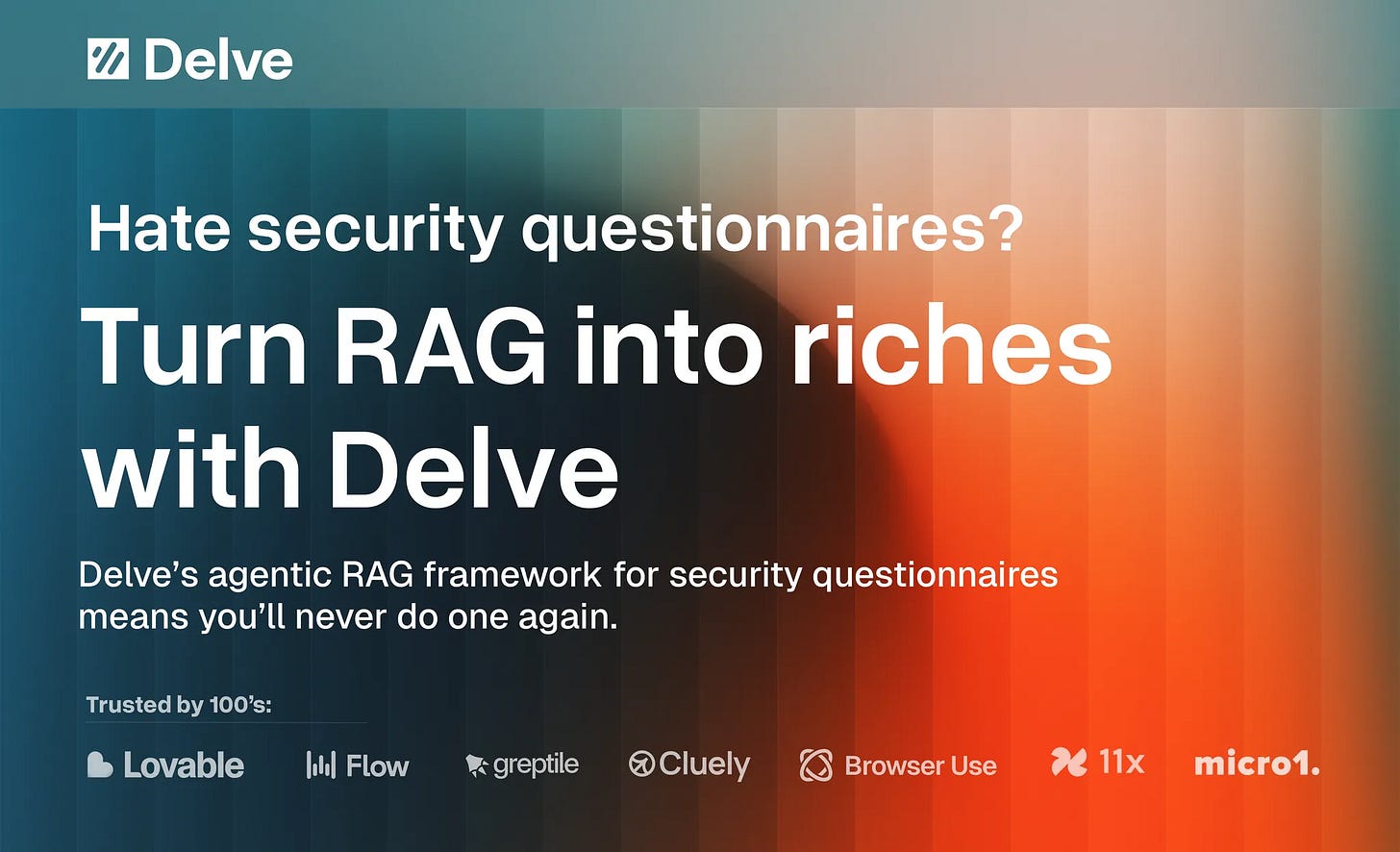
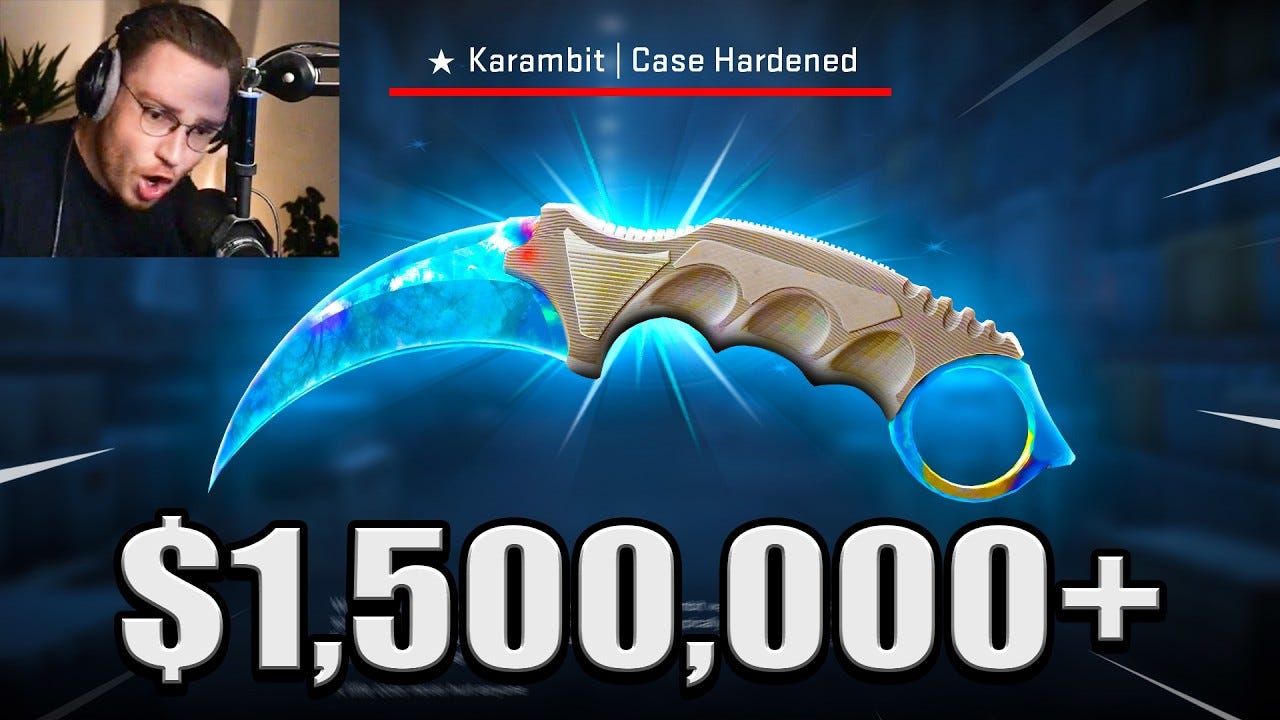

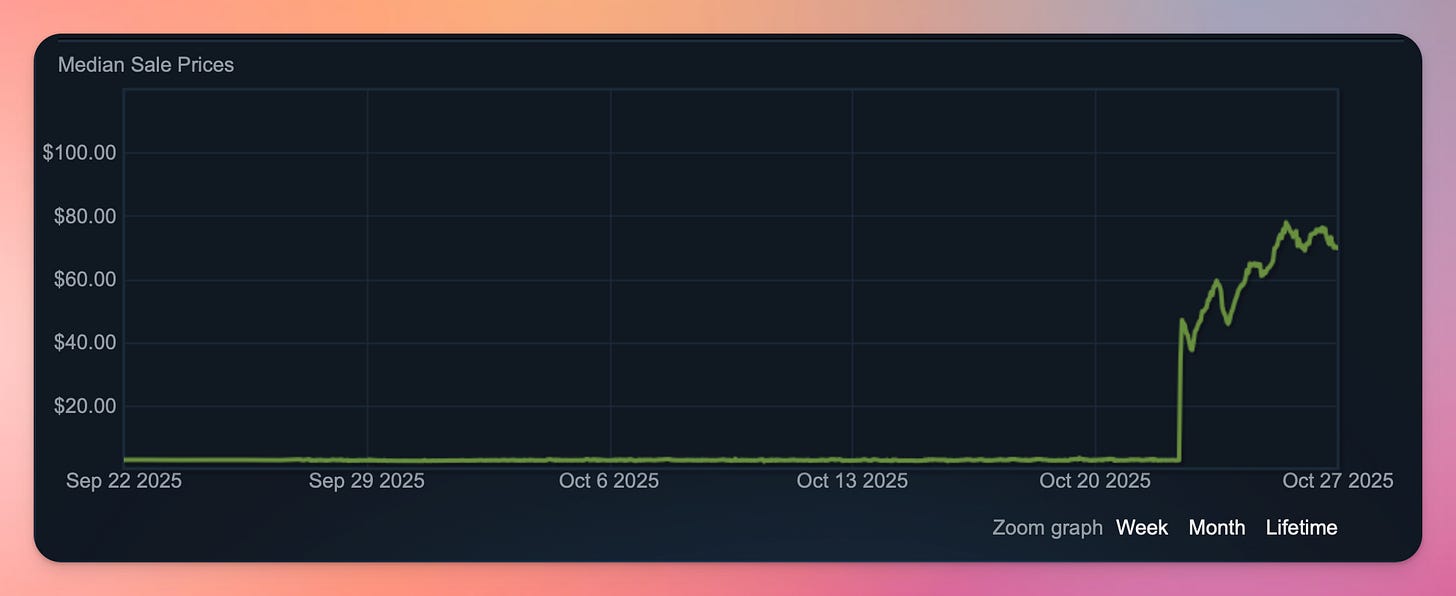
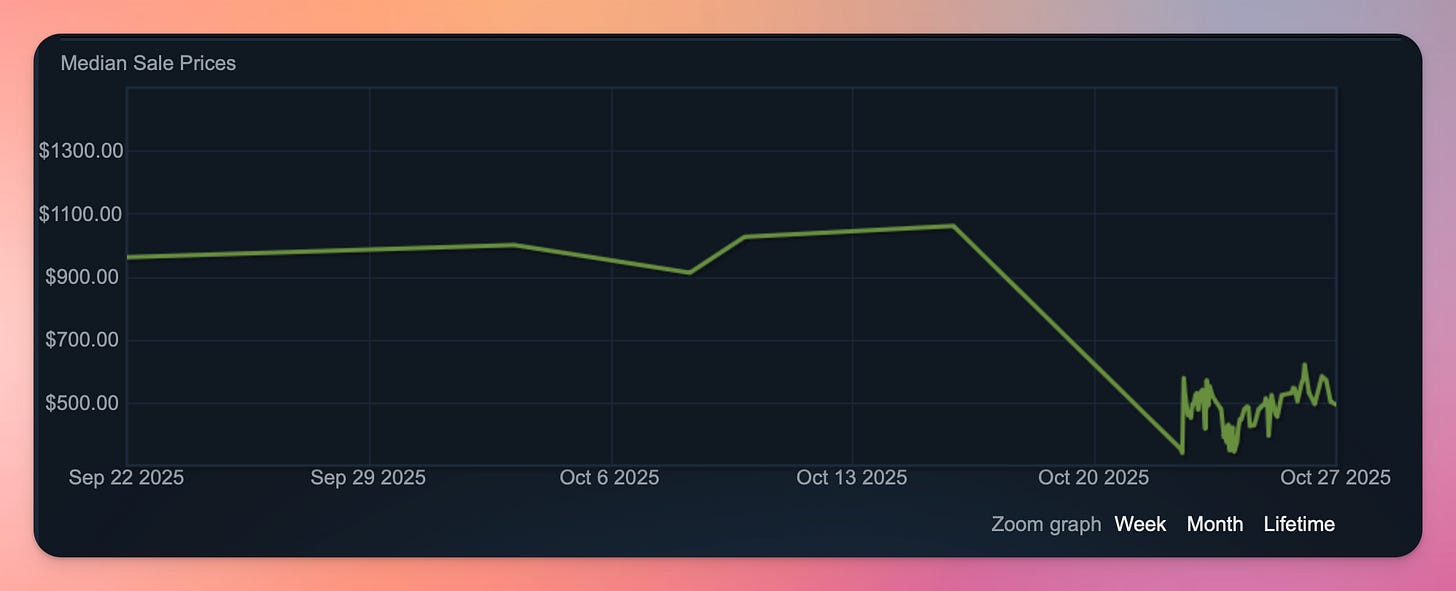
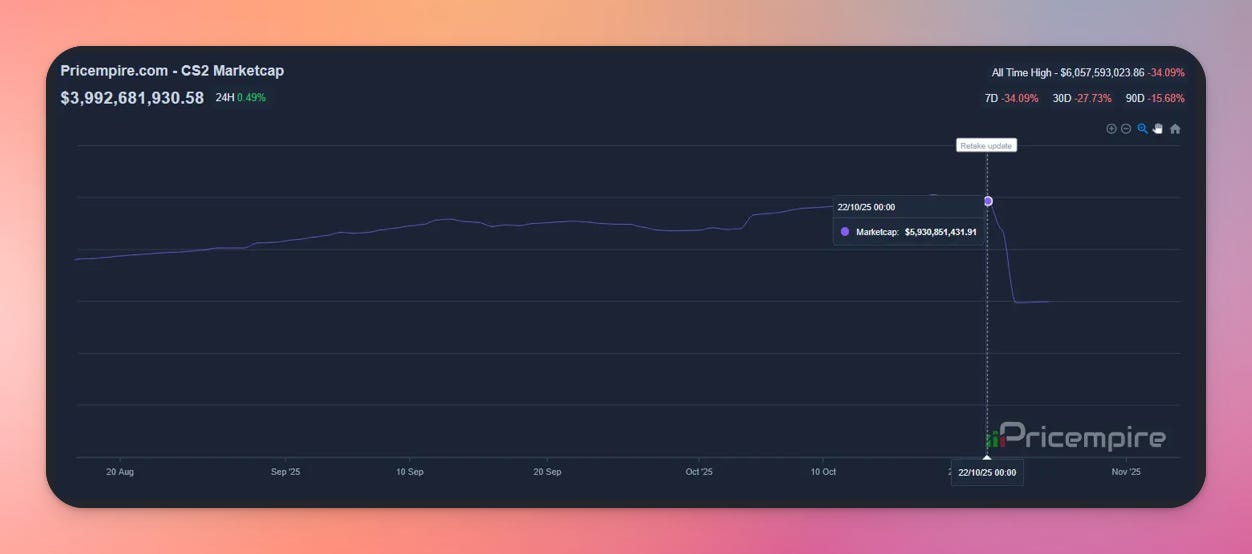
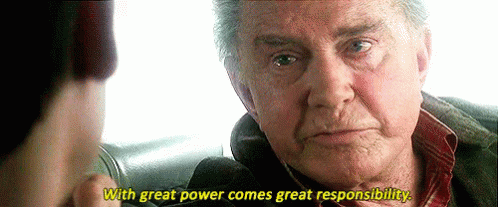
This article is full of contradiction.
You said it yourself: Valve doesn’t earn anything from trades outside their platform. So why are you advising founders to pander to so called “early adopters” who aren’t bringing in revenue? The “whales” are not making money for Valve—they collect commission from item trades and sell microtransactions. Those users hoarding their wealth are bad news.
Next you say Valve doesn’t control their own ecosystem, yet the article is literally about Valve exerting control over the market which they created.
You’re drawing too many parallels between a sandboxed market economy (go read about how Valve has/had an economist-in-residence) and starting SaaS companies.